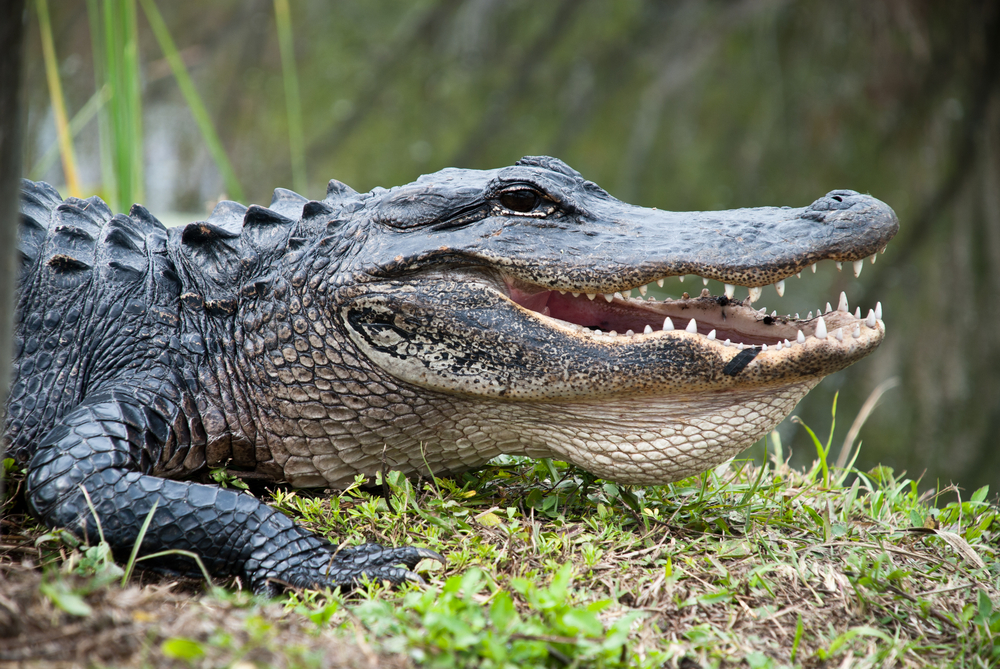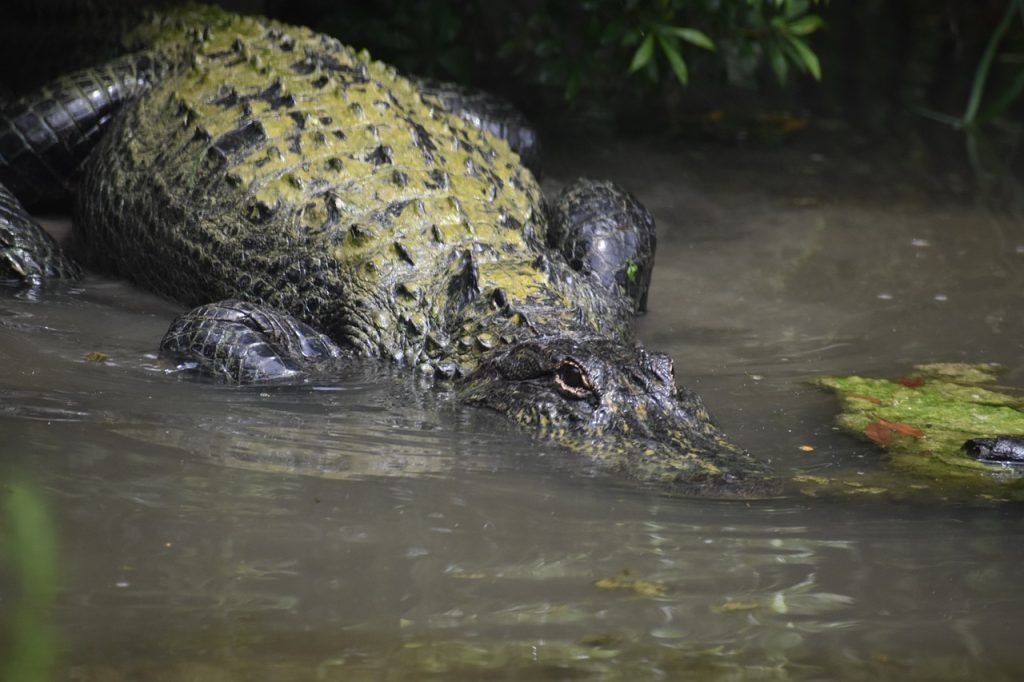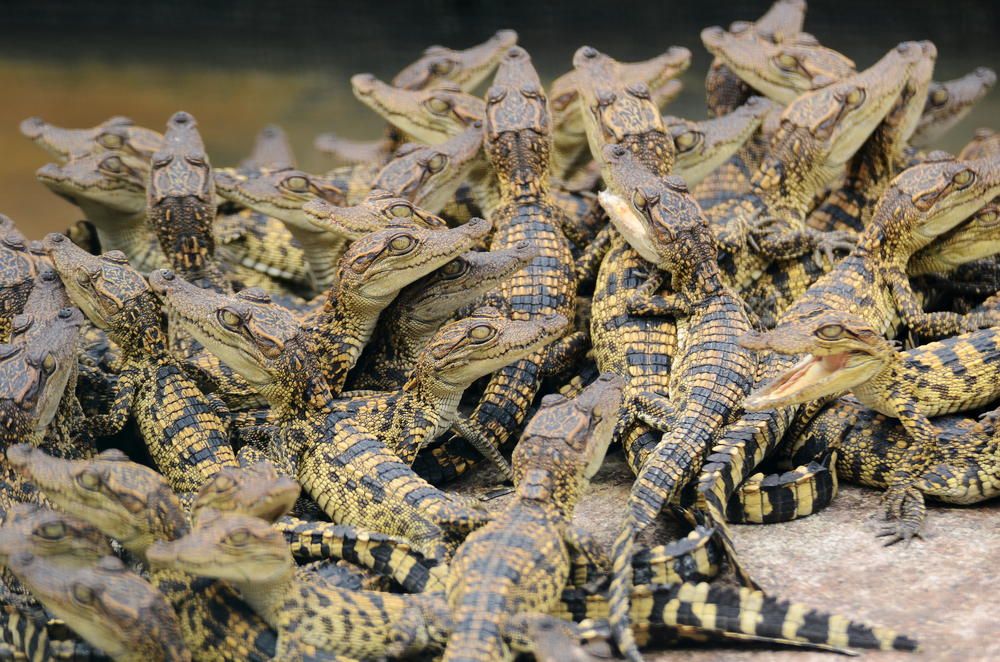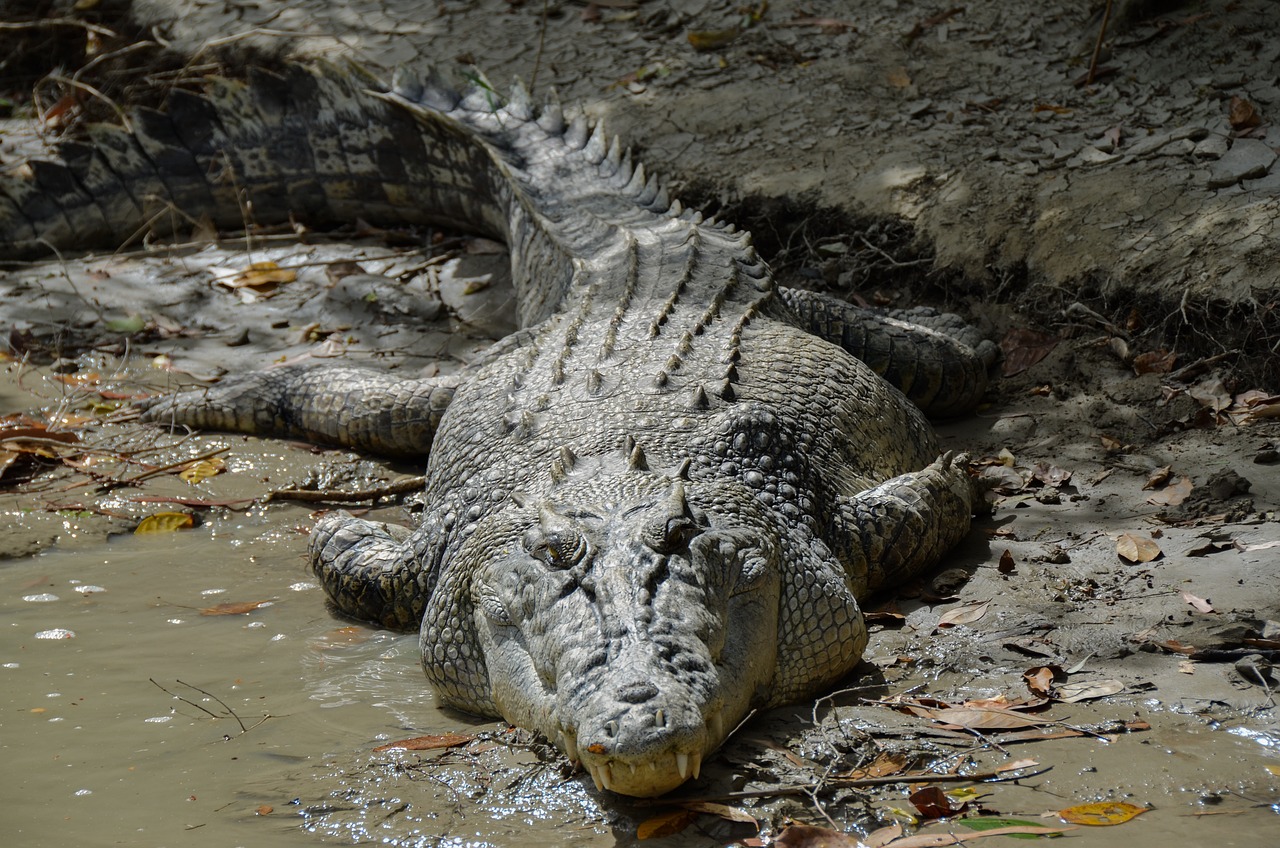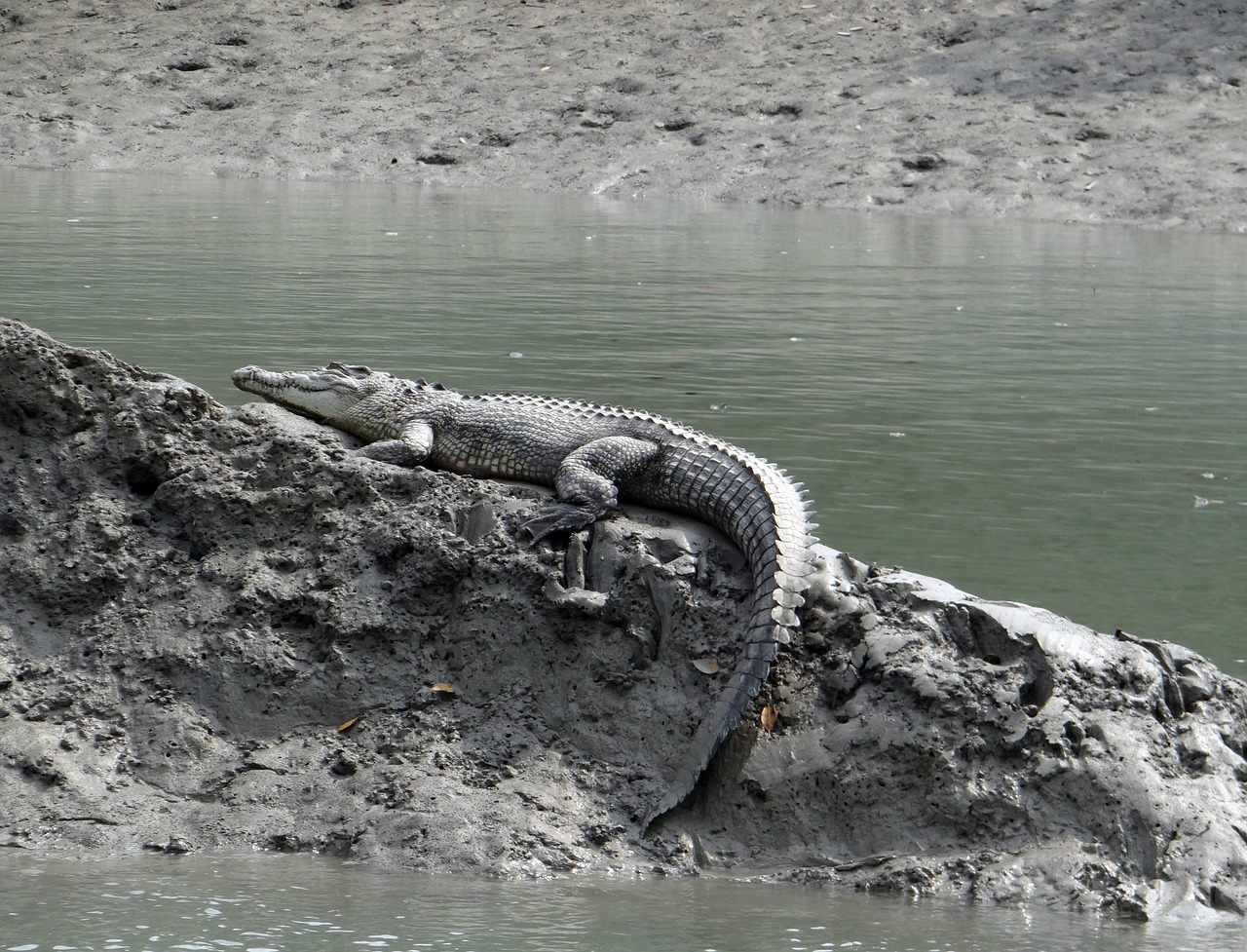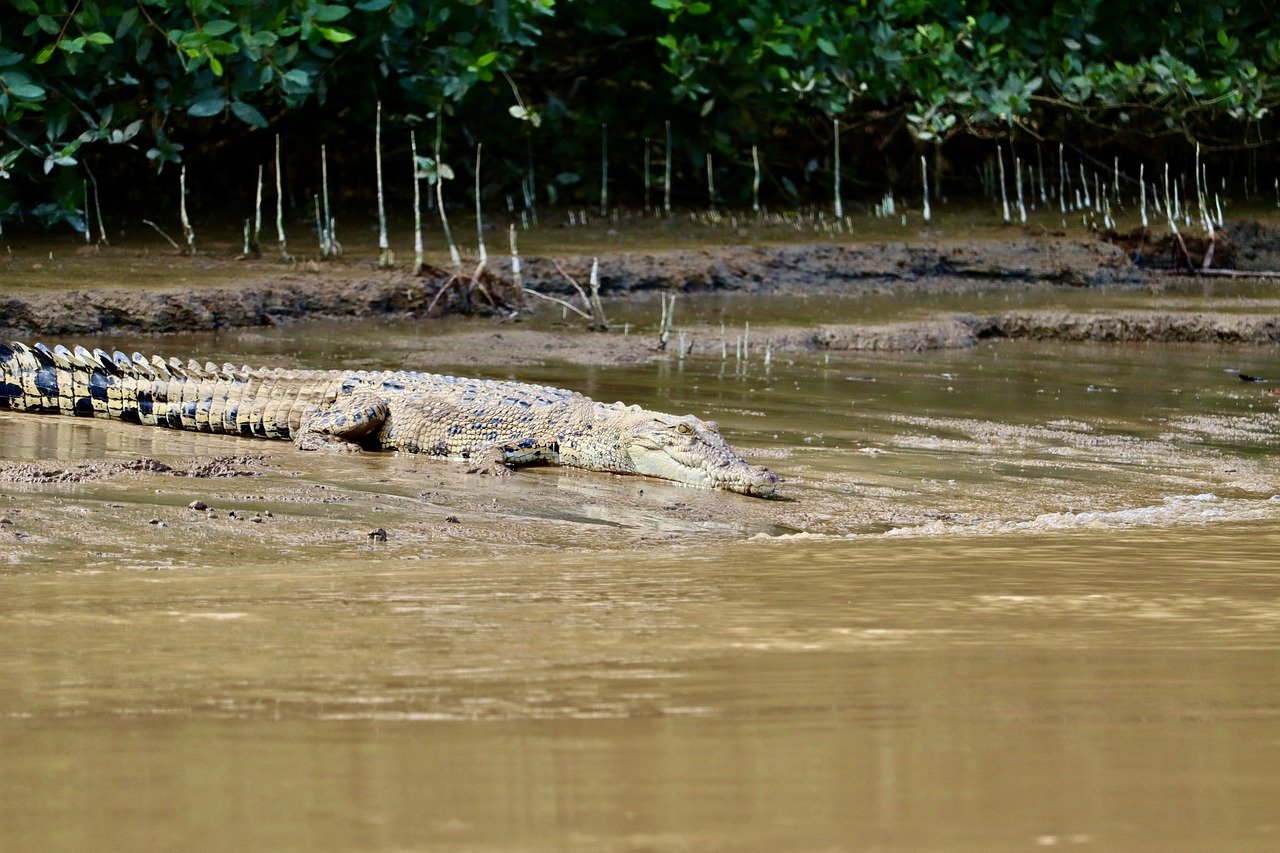Saltwater Crocodiles (Crocodylus porosus) differ from other crocodile species in several significant ways:
- Size: Saltwater Crocodiles are the largest of all living crocodiles. Adult males typically reach sizes of 16 to 23 feet (about 5 to 7 meters) and can weigh over 2,200 pounds (1,000 kilograms), making them larger than other crocodile species like the Nile Crocodile or the American Crocodile.
- Habitat: While most crocodile species are found in freshwater environments, Saltwater Crocodiles are uniquely adapted to both saltwater and freshwater habitats. They have special glands for excreting excess salt, allowing them to thrive in estuaries, mangroves, and even the open ocean.
- Distribution: Saltwater Crocodiles have a broader geographic range that extends across the Indo-Pacific region, from the eastern coast of India to northern Australia. This contrasts with other species like the Nile Crocodile, which is confined to Africa, or the American Crocodile, found in parts of the Americas.
- Behavior: Saltwater Crocodiles are known for their exceptional swimming ability, including long-distance oceanic movements, which is uncommon among other crocodile species.
- Temperament: They are often considered more aggressive and dangerous to humans compared to other crocodile species. Saltwater Crocodiles have a reputation for being less tolerant of human presence.
- Physical Characteristics: Apart from their size, Saltwater Crocodiles have a more robust build, with a broader, heavier-set body and a larger head compared to other crocodile species. Their snout is relatively broad but still more streamlined than that of alligators.
- Diet and Hunting: Their size allows them to target larger prey, including sharks, dingoes, and buffaloes, a diet more varied and larger in size than what many other crocodile species typically consume.
These differences highlight the Saltwater Crocodile’s unique adaptations and behaviors, underscoring its status as an apex predator in its habitats.
































































